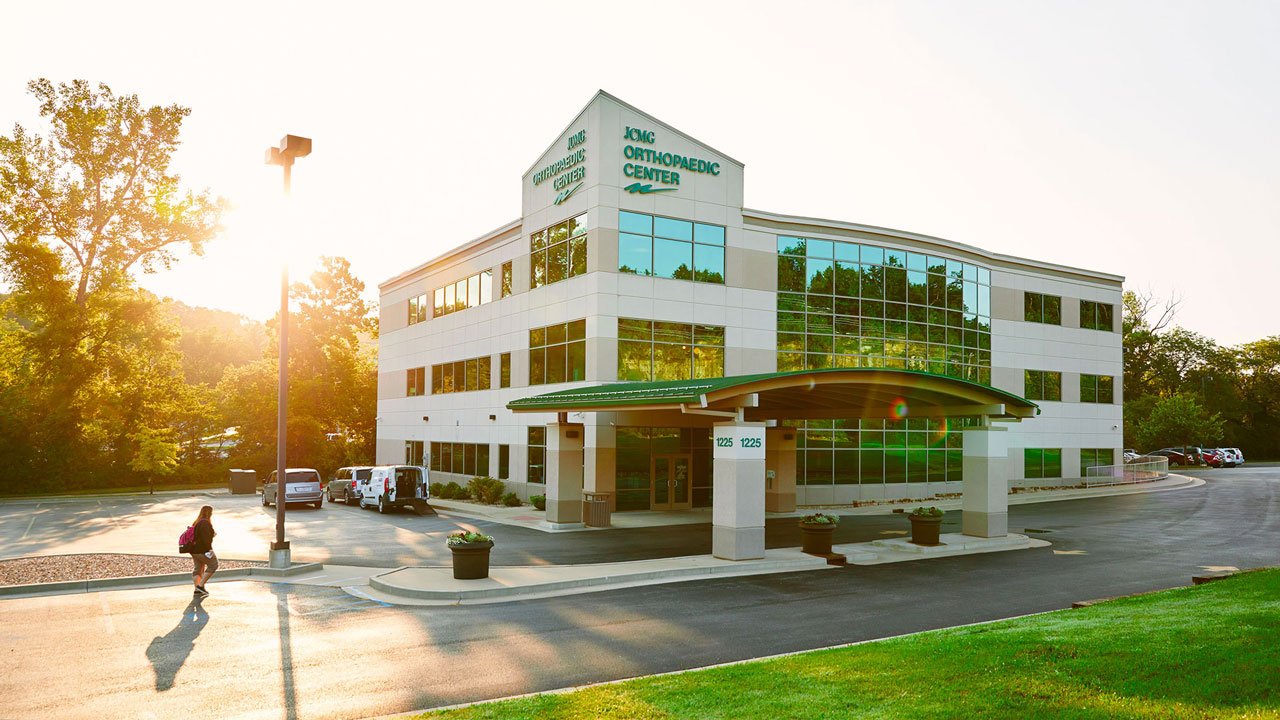A dialysis facility is a specialized medical center that provides life-saving dialysis treatment to individuals with kidney failure or end-stage renal disease (ESRD). These facilities are equipped with the necessary equipment, staff, and expertise to perform dialysis, a process that filters waste and excess fluids from the blood when the kidneys are no longer able to do so. Here are some key characteristics and aspects of a dialysis facility:
- Hemodialysis and Peritoneal Dialysis: Dialysis facilities offer both hemodialysis and peritoneal dialysis, which are the two main methods for kidney replacement therapy.
- Hemodialysis: In hemodialysis, a machine called a dialyzer filters the blood. Patients usually visit the dialysis center multiple times a week for this treatment.
- Peritoneal Dialysis: In peritoneal dialysis, a catheter is used to fill the peritoneal cavity with a dialysis solution. The solution filters the blood through the peritoneal membrane. Peritoneal dialysis can often be done at home, but the facility provides training and support.
- Medical Staff: Dialysis facilities are staffed by a team of healthcare professionals, including nephrologists, registered nurses, dialysis technicians, and dietitians. Nephrologists, in particular, are specialized physicians who oversee the dialysis treatment and manage the patient’s overall kidney care.
- Treatment Scheduling: Patients usually require regular dialysis treatments, which can range from a few hours to several hours per session, depending on the type of dialysis and the individual’s needs. Scheduling is done to ensure the patient’s overall health and manage their renal condition.
- Monitoring and Testing: Regular monitoring of vital signs and laboratory tests is an essential part of the dialysis process. Facilities perform blood tests to determine the effectiveness of the treatment and adjust the dialysis prescription accordingly.
- Infection Control: Infection control measures are strictly enforced to reduce the risk of infections, as dialysis patients are more susceptible to infections due to their weakened immune systems.
- Comfortable Environment: Dialysis facilities strive to create a comfortable and safe environment for patients. The treatment area is typically equipped with reclining chairs or beds, TVs, and other amenities to make the patient’s experience as pleasant as possible.
- Patient Education: Education on kidney health, dietary restrictions, and self-care is provided to patients. This empowers them to actively manage their condition and make informed choices regarding their treatment.
- Support Services: Dialysis facilities may offer support services such as social workers, financial counselors, and support groups to help patients cope with the physical, emotional, and financial challenges of kidney disease.
- Emergency Response: In case of medical emergencies or complications during dialysis, facilities are equipped to respond swiftly and effectively.
- Cleanliness and Sterilization: Dialysis facilities maintain strict cleanliness and sterilization protocols to prevent cross-contamination and ensure patient safety.
- Patient-Centered Care: Patient-centered care is a priority, and dialysis facilities aim to provide individualized treatment plans and support to meet each patient’s unique needs.
Dialysis facilities play a crucial role in the healthcare system, as they help individuals with kidney failure maintain their health and quality of life. Regular, ongoing dialysis treatment is often required for patients with ESRD, making these facilities a lifeline for many in need of kidney care.
It’s important to note that the specific services offered may vary between dialysis facilities. It’s recommended to contact a specific dialysis facility or healthcare provider for more information about the services they provide.
What types of dialysis treatments are offered at dialysis facilities?
Dialysis facilities offer different types of dialysis treatments to cater to the needs of individuals with kidney failure or chronic kidney disease. The two main types of dialysis treatments offered at dialysis facilities are:
Hemodialysis: Hemodialysis is the most common type of dialysis treatment. It involves the use of a machine called a dialyzer to filter the blood and remove waste products and excess fluid. During hemodialysis, the patient’s blood is pumped through the dialyzer, where it is cleaned and returned to the body. Dialysis facilities have specialized equipment and trained healthcare professionals to perform hemodialysis treatments.
Peritoneal Dialysis: Some dialysis facilities also offer peritoneal dialysis as an alternative method of dialysis. Peritoneal dialysis involves the use of the peritoneal membrane in the abdomen to filter the blood. A special fluid called dialysate is introduced into the abdomen through a catheter, and waste products and excess fluid pass from the blood vessels in the peritoneal membrane into the dialysate. The used dialysate is then drained out, and fresh dialysate is introduced for the next cycle. Dialysis facilities provide training and support for patients who choose peritoneal dialysis as their treatment option.
It’s important to note that the availability of these dialysis treatments may vary between dialysis facilities. The choice of treatment depends on various factors, including the patient’s medical condition, lifestyle, and preferences. It’s recommended to consult with a healthcare provider or contact a specific dialysis facility for more information about the types of dialysis treatments they offer.
What are the two main types of dialysis treatments offered at dialysis facilities?
The two main types of dialysis treatments offered at dialysis facilities are:
Hemodialysis: Hemodialysis is the most common type of dialysis treatment. It involves the use of a machine called a dialyzer to filter the blood and remove waste products and excess fluid. During hemodialysis, the patient’s blood is pumped through the dialyzer, where it is cleaned and returned to the body. Dialysis facilities have specialized equipment and trained healthcare professionals to perform hemodialysis treatments.
Peritoneal Dialysis: Some dialysis facilities also offer peritoneal dialysis as an alternative method of dialysis. Peritoneal dialysis involves the use of the peritoneal membrane in the abdomen to filter the blood. A special fluid called dialysate is introduced into the abdomen through a catheter, and waste products and excess fluid pass from the blood vessels in the peritoneal membrane into the dialysate. The used dialysate is then drained out, and fresh dialysate is introduced for the next cycle. Dialysis facilities provide training and support for patients who choose peritoneal dialysis as their treatment option.
It’s important to note that the availability of these dialysis treatments may vary between dialysis facilities. The choice of treatment depends on various factors, including the patient’s medical condition, lifestyle, and preferences. It’s recommended to consult with a healthcare provider or contact a specific dialysis facility for more information about the types of dialysis treatments they offer.
Sources:
National Kidney Foundation: https://www.kidney.org/
Centers for Medicare & Medicaid Services: https://www.cms.gov




 3D Fashion Model
3D Fashion Model
 Fashion Model
Fashion Model








